Biodiversity Bites for a Sustainable Future
The food system is at a critical juncture. Climate change and biodiversity loss impact each and every one of us. Through the interconnectedness of our food system, crop failures and poor yields can cause immediate damage to livelihoods and exacerbate issues like malnutrition, forced migration, conflict, and social injustices. Without proactive measures to help agriculture adapt to changing conditions, the cycle of decreasing production, rising prices, and humanitarian disasters will persist.
While the international community acknowledges the urgency of the climate crisis, the crucial role of underutilized or neglected crops in addressing these challenges often goes unnoticed. These crops hold immense potential to provide the genetic resources needed to develop resilient agricultural systems. Compared to widely cultivated crops, they are typically more adaptable to harsh environmental conditions, require fewer inputs, and are less susceptible to pests and disease.
Underutilized crops are a treasure trove of genetic diversity that can help scientists and farmers innovate and adapt to changing environmental conditions. They offer unique nutritional benefits and can contribute to more diverse and sustainable diets, which is vital for improving global nutrition.
The Food Forever Experience NYC 2024 will showcase how we can use crop diversity and sustainable agriculture to address the challenges we face.

Meet the Chefs

Chef José Luis Chavez
Chef José's bites:
Cassava with Sesame Tahini




The Ingredients

Cassava
Manihot esculenta
Cassava is a perennial woody shrub with an edible root, which grows in tropical and subtropical areas of the world. It is also called yuca, manioc and mandioca. It is very hardy and has the ability to grow on land where drought is frequent and in soils low in nutrients, where cereals and other crops do not grow well. Cassava’s high starch content provides a valuable source of carbohydrates, much higher than those of maize or rice. In Africa, people also eat the leaves of the cassava as a green vegetable, which provide a low-cost source of protein and vitamins A and B. Cassava is currently the sixth most produced crop in terms of global production, and is the staple for millions of people in the poorest and most marginal regions of the world.
Crop Trust Activities
The Crop Trust coordinated the development of the cassava and wild manihot conservation strategy in 2010.

Sweetpotato
Ipomoea batatas
Sweetpotato is a tough crop, able to grow in arid conditions with little demand for water or fertilizer. It is high in carbohydrates and vitamin A. The yellow-orange fleshed varieties are particularly high in vitamins A and C. The leaves can also be eaten, providing additional protein, vitamins and minerals. Sweetpotatoes are grown worldwide, particularly in China, but Latin America is its original home.
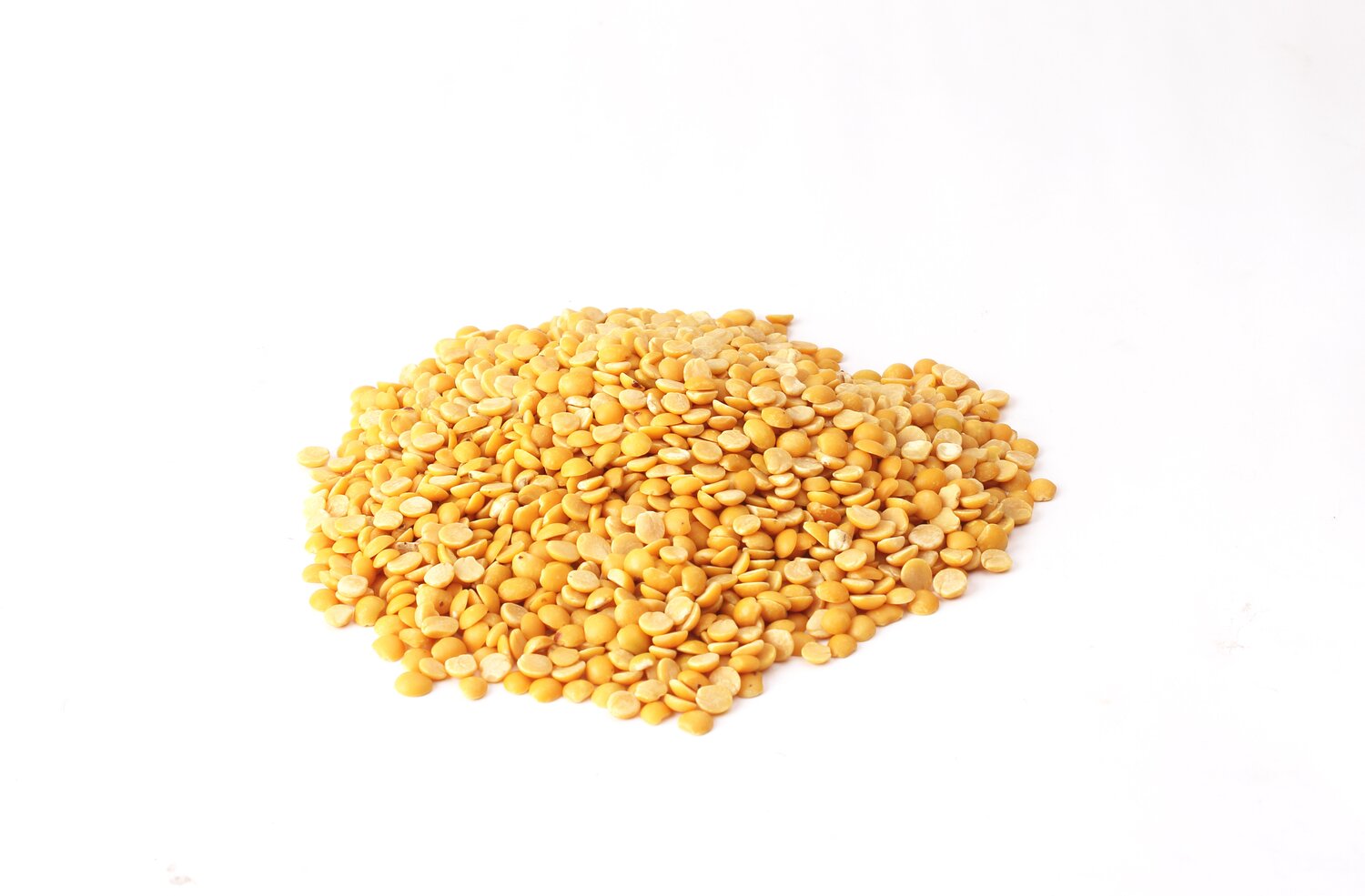
Pigeon pea
Cajanus cajan
Pigeon pea is a drought-resistant crop, grows alongside other grains, and thrives with minimal inputs, essential for small-scale farmers in semi-arid regions. Rich in vitamin B and protein, it plays a key role in subsistence diets. The seeds are eaten fresh or dried, with dried pigeon pea used in the South Asia staple, dhal. It also serves as livestock feed, living fences, and material for fuel and construction.
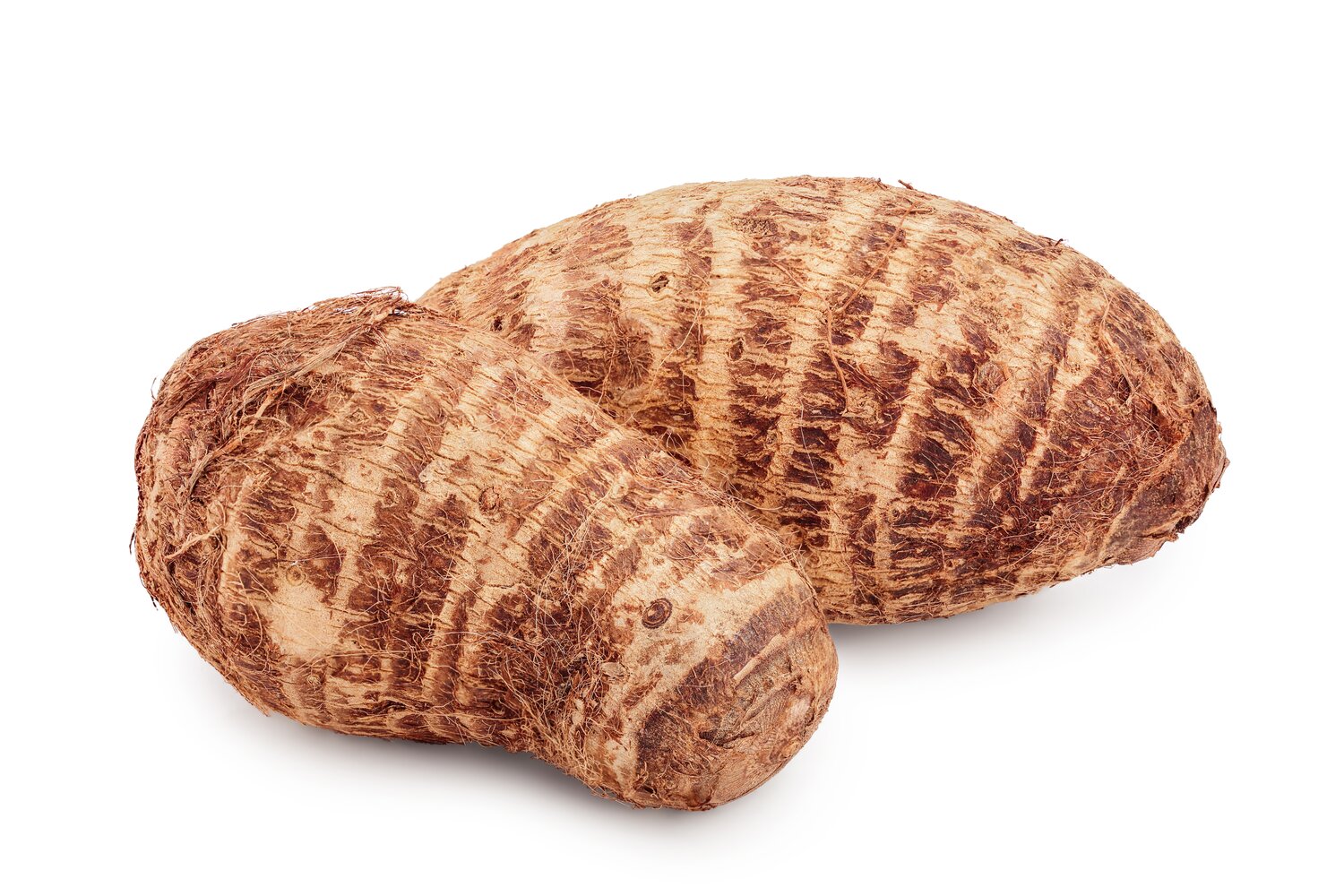
Cocoyam
Colocasia esculenta
Cocoyam is a tropical root crop grown in West Africa, the Caribbean, and Asia. It includes species like taro (Colocasia esculentao) and malanga (Xanthosoma sagittifolium). It produces edible, starchy tubers with brown, fibrous skin and a creamy to yellowish interior. Rich in carbohydrates, cocoyam is boiled, roasted, or mashed. The leaves are often used in soups and stews. Cocoyam is valued for its nutritional content and versatility.

Fonio
Digitaria exilis
Fonio is an ancient grain cultivated in the Sahel for over 7,000 years, known for its tiny, versatile seeds and important role in West A frican cuisine. It can be boiled, baked, or even brewed into beer. Highly resilient to drought and poor soil, fonio thrives in challenging climates, making it valuable for food security. Recently, it has gained attention as a nutritious, gluten-free alternative to wheat, expanding its reach to a wider audience.
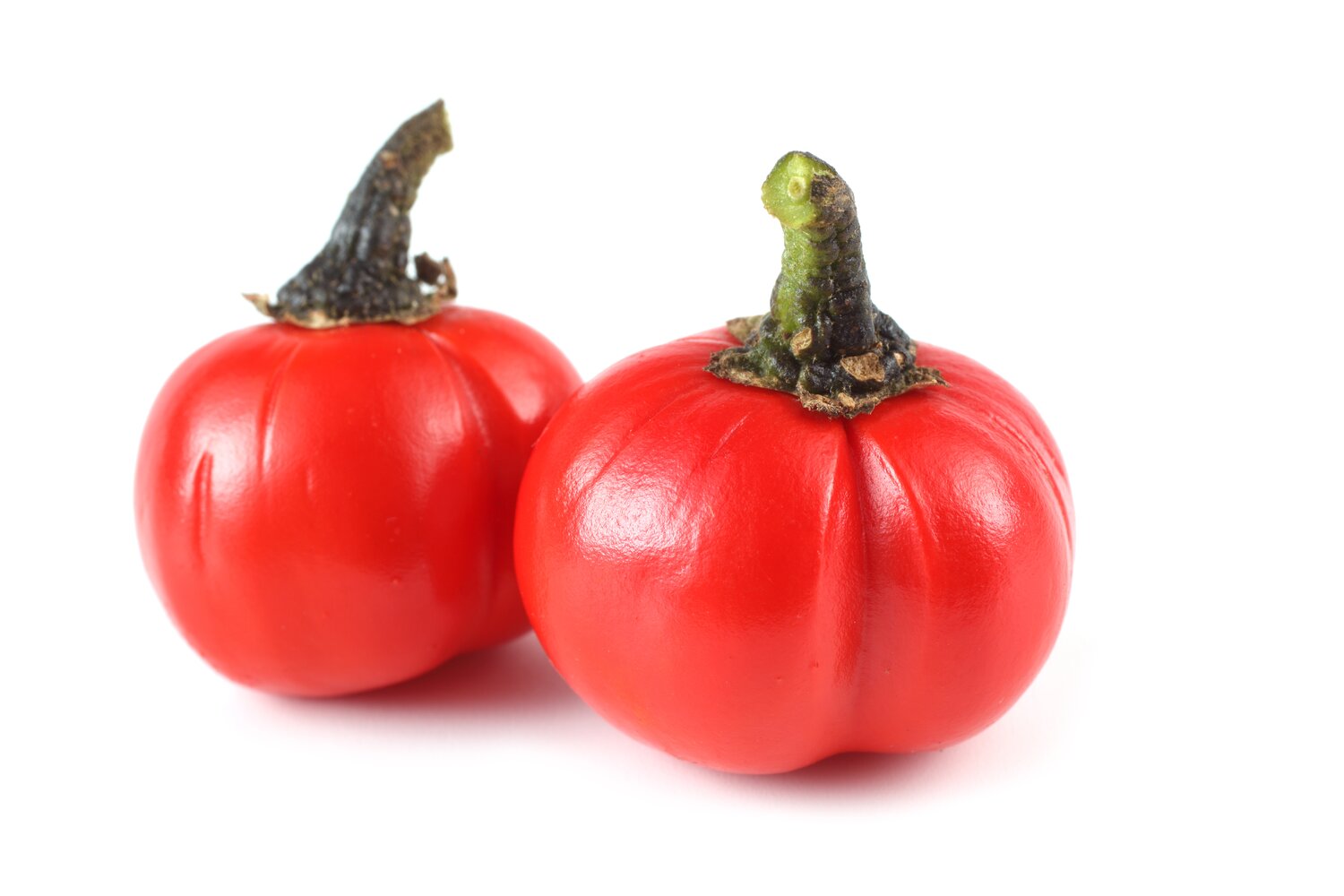
African eggplant
Solanum aethiopicum
The African eggplant, also known as garden egg or bitter tomato, is a popular vegetable in many parts of Africa. It produces small, rounded fruits that vary in color from white, green, and yellow to bright orange or red when ripe. Bitter or slightly sweet, it is commonly used in stews, sauces, and salads. The plant is hardy, adaptable to various climates, and also grown for its edible leaves. African eggplant is versatile and nutritious, a tasty source of vitamins and antioxidants.
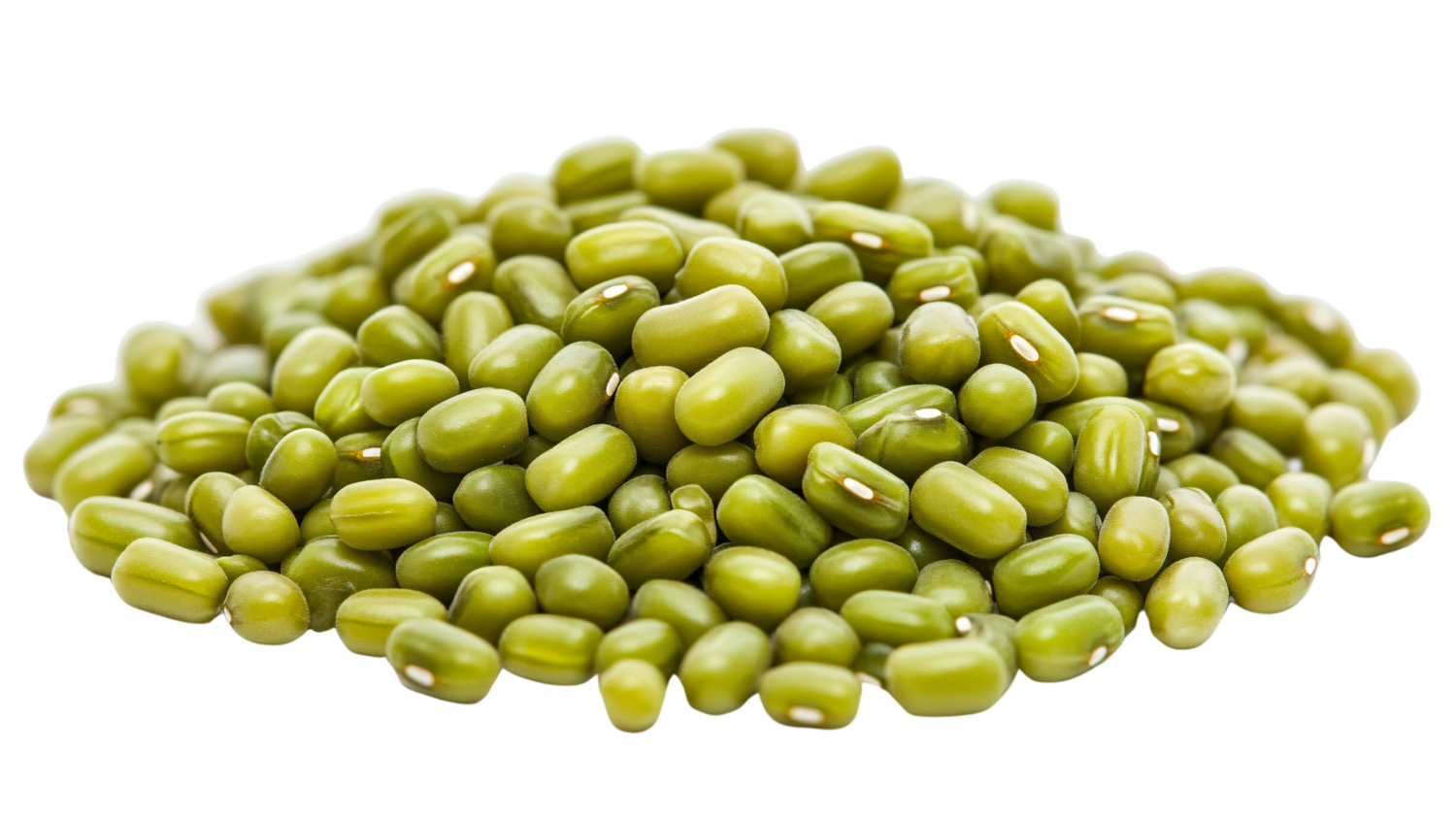
Mung bean
Vigna radiata
Mung beans are small, green legumes widely cultivated in Asia, Africa and the Americas. They are rich in protein, fi ber and essential nutrients, with high nutritional value. Mung beans are commonly used in sweet and savory dishes, sprouted for salads, cooked into soups and curries, or ground into fl our. Due to their fast-growing nature and ability to fi x nitrogen, mung beans are valued in crop rotations for improving soil health.
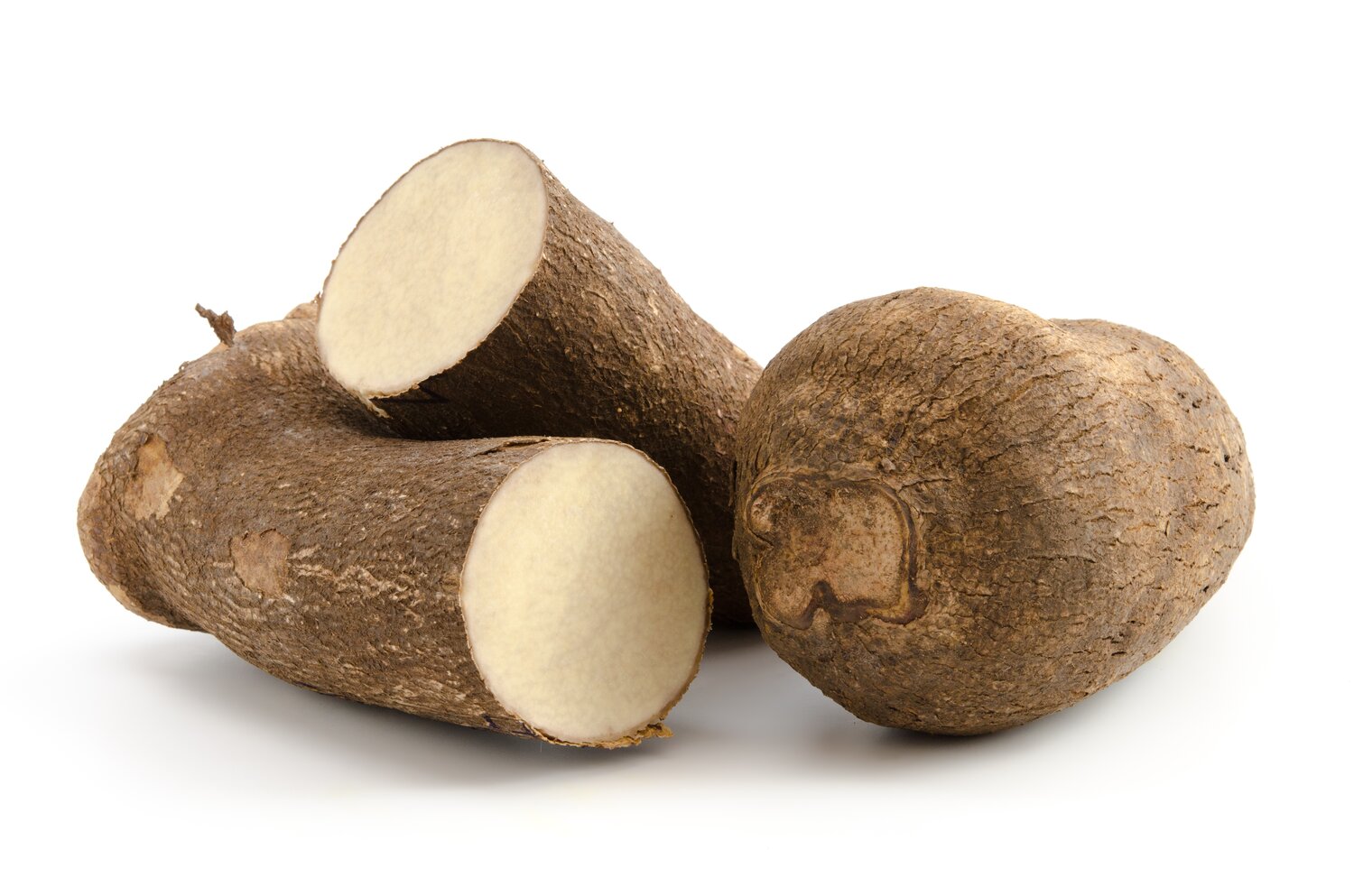
Yam
Dioscorea
Yam is a vital root crop in Africa, across Southeast Asia, the Pacific and tropical A mericas. Yams range in size from small tubers to over 50 kilos, with species like white yam (Dioscorea rotundata) and water yam (Dioscorea alata) being the most widely cultivated. Yams are valued for long storage life, providing a crucial food source between growing seasons. Some species, like bitter yams, are consumed during food scarcity.
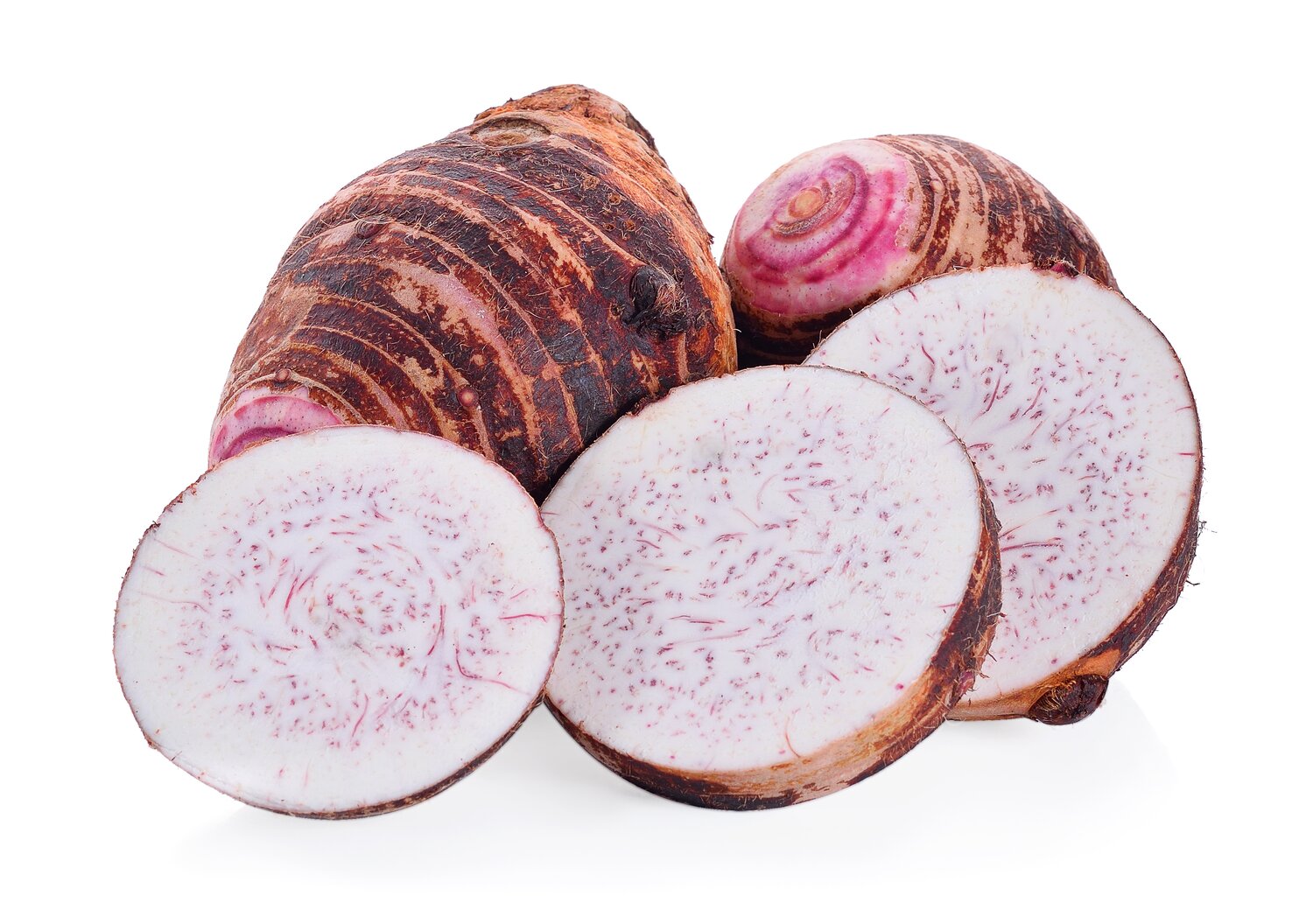
Taro
Colocasia esculenta
Taro is a tropical root crop known for its starchy, edible tuber and leaves. It is widely eaten around the world, serving as a staple food across Southeast Asia, Africa and the Pacific Islands for centuries. With a creamy, white to purple interior, taro is typically eaten boiled, stewed, fried or ground into flour. The leaves are rich in vitamins and minerals and are used in traditional dishes. Taro remains crucial to farmer livelihoods, especially in the Asia-Pacific region.
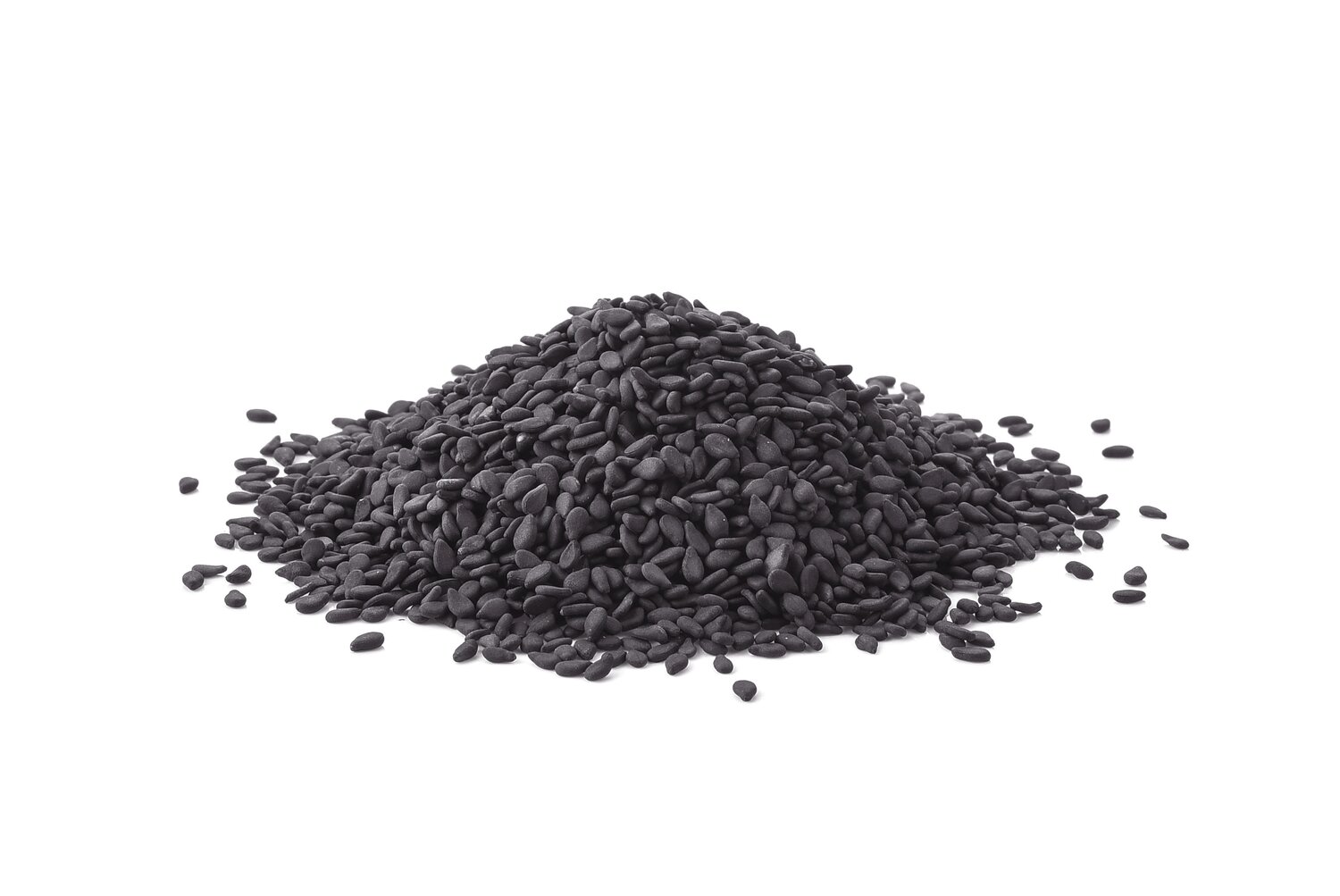
Sesame
Sesamum indicum
Sesame is an ancient crop with small, nutrient-rich seeds and high oil content. Widely grown in tropical and subtropical regions, particularly in Africa and Asia, sesame is used in cooking, cosmetics and traditional medicines. The seeds are commonly used in baked goods, sauces and as a topping. Sesame oil, known for its nutty flavor and health benefits, is rich in healthy fats and antioxidants. The crop is drought-tolerant, making it well-suited for arid regions.



